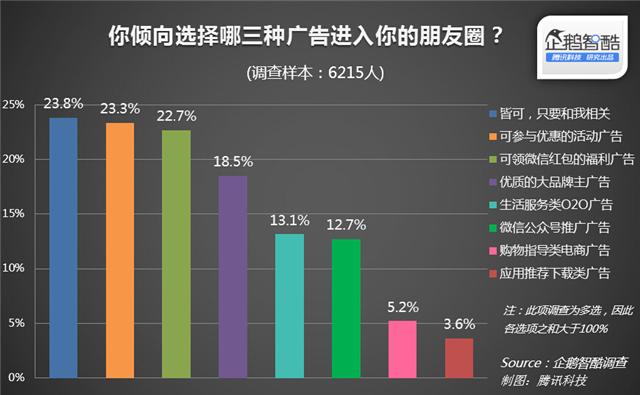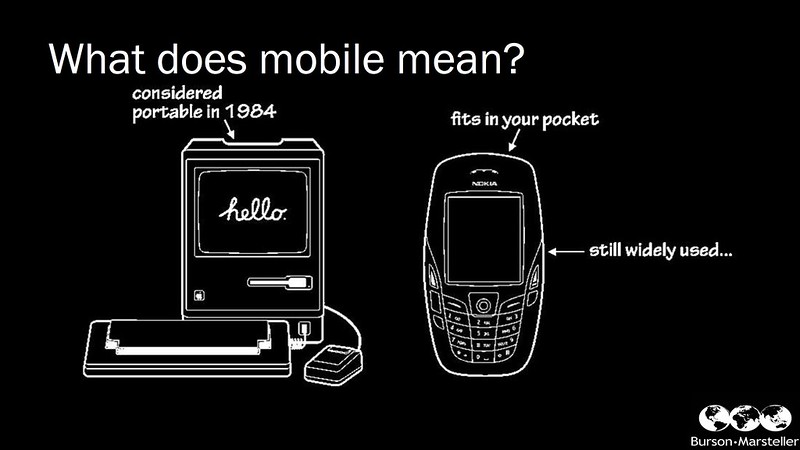My friend Sam Sun used to flag up O2O as the most important trend he saw when we worked together on mainland Chinese campaigns. O2O means online-to-offline. An integration of digital marketing tactics with marketing to drive retail footfall.
O2O in China
In China, there is real consumer demand for this type of marketing. Tencent surveyed WeChat users and found out that 13 per cent of them would prefer to have O2O adverts in their moments (think a stream of friends Tumblr accounts or Facebook’s news feed).

There is a whole eco-system that the Chinese can tap into.
QRcodes have greater customer acceptance in Asia than in Europe, where despite the efforts of Pepsi and other brands to encourage consumer adoption, it has been tepid at best. QRcodes are often confused for barcodes and take-up is a fraction of that in other countries like Japan. By comparison here is the picture of a real estate advert on the table of a Chinese fast food restaurant in Shenzhen.

In-store wi-fi in the UK is often clunky, poorly run by a major carrier like EE or a specialist provider like The Cloud. By comparison, in China, Tencent’s WeChat provides a turnkey solution for retailers, restaurants and bars to provide wi-fi and build their social following in a relatively painless manner for the consumer. (Though the software used by the retailer needs regular updating to keep up with Tencent’s ambitious development of the platform).
On the face of it however China isn’t the most promising market for O2O. It is a vast, diverse country, which makes it hard to build a truly national network of retail outlets. It has a dominant e-commerce platform this is more like eBay than an Amazon in that it doesn’t compete directly with its merchants. Secondly, the cost of labour and the huge funds available to internet companies mean that building a logistics network is more likely to succeed than it would do in a more expensive country like the UK or US.
O2O in the west
Contrast this with the west, where Scott Galloway predicts Amazon’s demise because of the unsustainable cost of its product delivery system. Galloway hypothesises that ad-hoc logistics networks based on the sharing economy a la Uber and clicks and mortar businesses like Tesco offer a better alternative. Apparently doing the warehousing towards the edge is more cost beneficial than the Amazon model.
In the west, we seem to be on the cusp of a range of technologies that could make indoor location, identity and marketing a whole lot easier.
Hong Kong developers Green Tomato, have used ultrasonic signals and low power Bluetooth to allow applications to interact with their surroundings from sports check-ins to shopping mall navigation.
Low power Bluetooth beacons have been experimented with by retailers for encourage mobile augmented shopping and by organisations including Japanese Railways to aid indoor navigation. CSR and other companies have talked about using wi-fi as an indoor navigation aid. Further out quantum technology offers highly accurate GPS type location finding within buildings. All of this technology has the potential to further move O2O further forwards, if the user experience is made sufficiently simple and seamless. In the meantime the humble QRcode soldiers on connecting consumers and retailers in Asia.
More information
WeChat Adds Wi-Fi Solution to Public Accounts | Technode
China consumers voice their preferences for WeChat Moments ads | Resonance China
Proposes new indoor requirements and revisions to existing E911 rules | FCC
New indoor positioning system lets you do Batman-like echolocation on your phone | ExtremeTech
CSR claims it will be able to fix your indoor location accurately | VentureBeat
UK military creates quantum compass that could be the successor to GPS | ExtremeTech
JR Rolls Beacon Navi for Tokyo Station | Wireless Watch Japan – interesting internal navigation application of beacon (low power Bluetooth technology)
WiFi Chip Tracks Indoor Location | EE Times
Five examples of how marketers are using iBeacons | Econsultancy
Mapping Our Interiors – NYTimes.com – interesting business model by IndoorAtlas
Grindr – Lisa Page – HyperIsland – really interesting insights on LBS design
Green Tomato Limited


